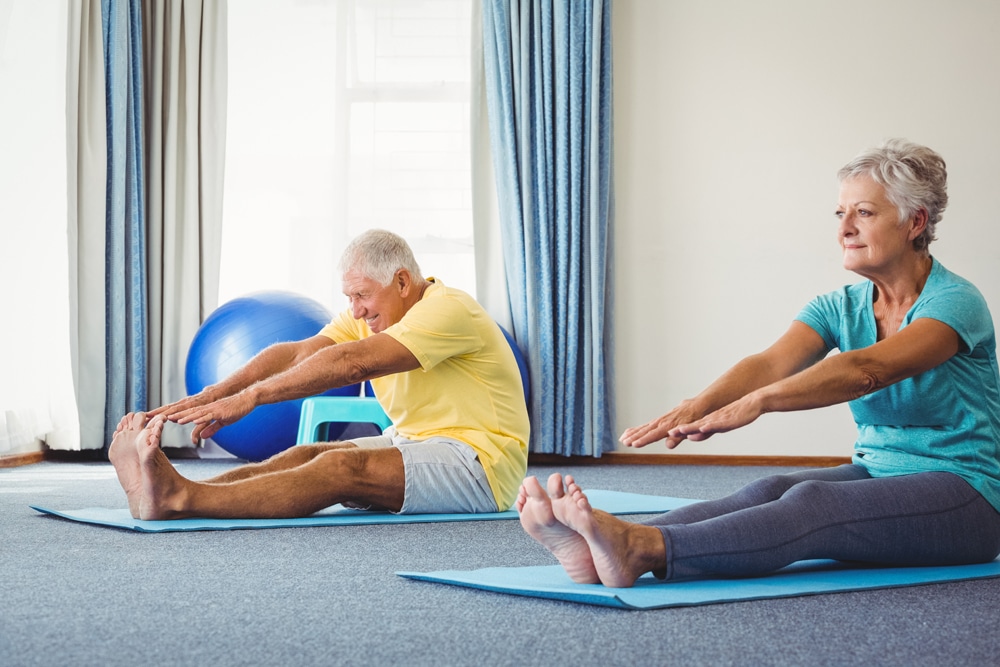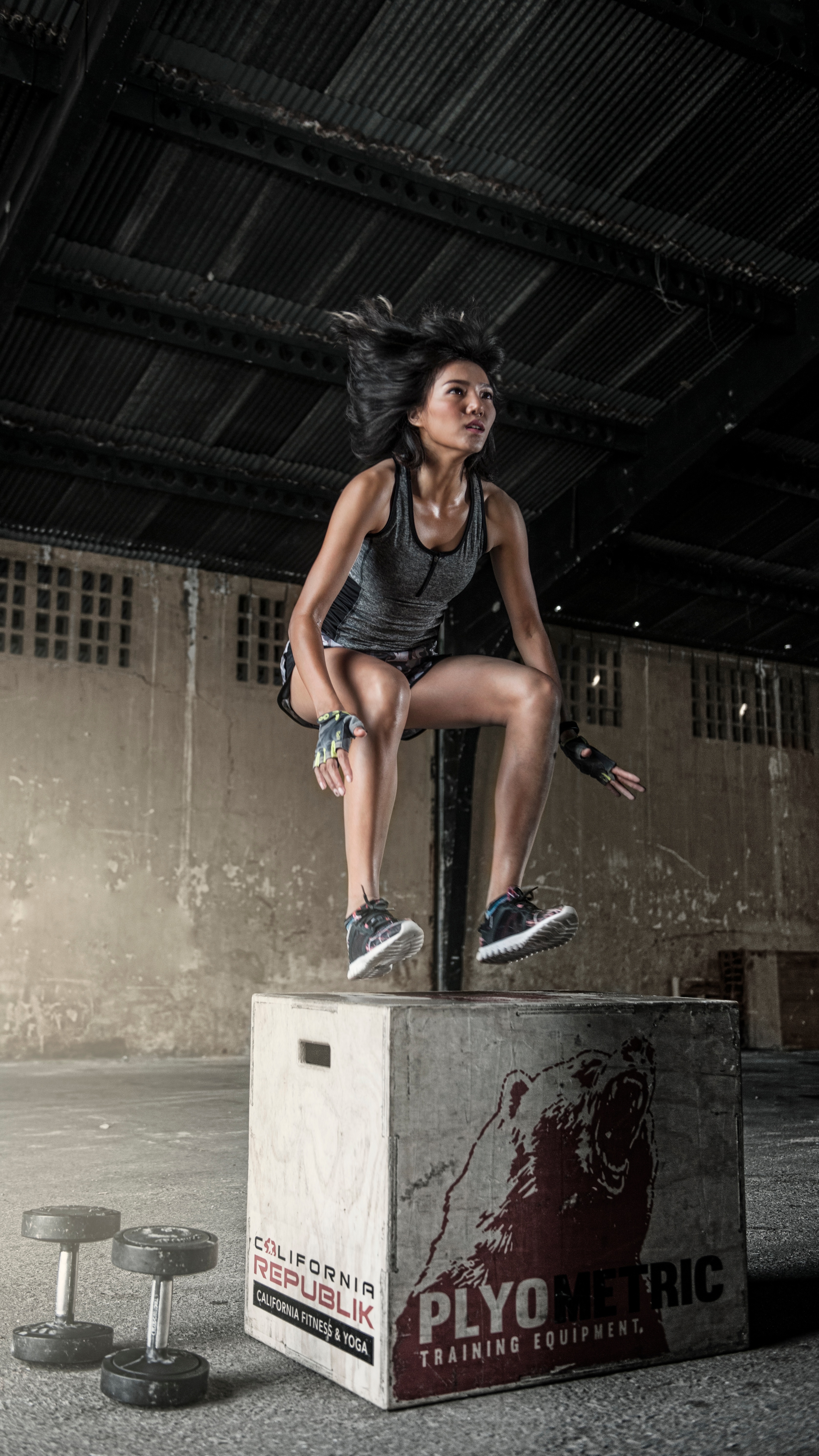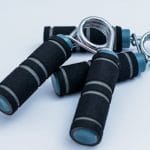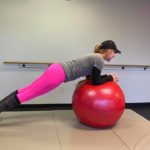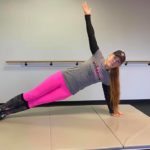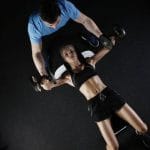October 2016
Resistance Training and Breast Cancer-Related Lymphedema: Treatment or Waste of Time?
Breast cancer is the most common cancer for American women and the second leading cause of cancer death. Despite great new techniques and echnologies for treating it, many women incur a side effect known as breast cancer-related lymphedema (BCRL). This is a chronic and progressive issue where the accumulation of fluid in the arms, shoulders, neck or torso results from the removal or radiation of lymph glands during
treatment.
Many women who develop BCRL spend the rest of their lives wearing compression garments and/or receiving specialized massages to diminish the discomfort, heaviness, and weakness that it causes.

In the past, women were discouraged from doing certain exercises for fear that it would stress the already-compromised lymphatic system. So, in addition to its adverse effects on the limbs, it also contributed to muscular disuse syndrome, weakness, low-self efficacy, reduced quality of life, and obesity as physical activity decreased overall.
In the past 10 years, some studies have demonstrated beneficial effects of exercise “for not only improving functional capacity but also improving lymph flow through the pumping effect …by muscular contraction.” Further evidence has suggested that maintaining or augmenting muscular strength and improving body composition may offset some of the deleterious effects of cancer treatment (e.g. frailty, reduced bone
mineral density, fatigue)”.
A meta-analysis of 4 electronic databases of studies in this area was performed to see if resistance training (RT) could reduce the risk of BCRL or its symptoms. Of the 669 studies done in this area, only 6 met the inclusion criteria. All of these were published between 2007 and 2013, so this is still a relatively new area of study and a consensus has not yet been formed.
The results suggest that those with BCRL can do RT “at sufficient intensities to improve muscular strength without increasing …symptoms or incidence of BCRL.” Furthermore, “there is strong evidence that resistance training has favorable effects in women who are at risk for, or currently have, BCRL”.
The following training guidelines are advised:
1. Participants should be cleared by their physician before starting or resuming a RT program.
2. Proper progression in small increments (5-10%) using proper technique should be based on the participant’s ability to lift the prescribed number of repetitions “with relative ease”.
3. Optimal frequency depends on the participant’s initial training levels but 2-3 days per week with 24-48 hours between sessions is appropriate.
4. All of the studies showed that improvements in strength occurred “regardless of training volume or intensity”. Moderate intensity, however, was associated with adherence to the program along with increased lean body mass and quality of life measures.
5. Wearing compression garments during exercise is as yet undetermined in terms of benefits or risks. This is something a woman should address with her physician or lymphedema therapist.
And now the pitch: seek the guidance and supervision of a fitness professional who is knowledgable and aware of these guidelines before venturing forth on your own!
JSCR Sept. 2016
Whole Body Vibration Reduces Impact Forces on Knees
Athletes often train with plyometrics to boost their lower extremity power. Plyos consist of bouncy exercises like jumps, hops, skips where you use the stored energy of dropping fast to rebound up quickly and powerfully.
Over the past 15 years or so, whole body vibration (WBV) technologies have become more popular after PowerPlate introduced its commercial and home versions in the late 1990s. And the research into how they benefit – or if they even benefit – athletes and non-athletes has boomed.
So how do plyos and WBV intersect? A group of scientists from Taiwan wanted to see if doing a set of plyos (drop jumps from various heights) after doing 3 sets of 10 second jumps and 60 second rests while the platform vibrated resulted in higher jumps.
They hypothesized that using the WBV would both improve their jumping kinematics as well as the way their lower extremities handled the shock absorption from the 3 heights. They found that WBV “decreased peak impact force and loading rate” during the drop jumps at higher heights and increased knee bend upon landing even though it did not increase or decrease jump height.
Now you ask, why is this so important? For athletes, you can probably ascertain the benefits – your body can learn to produce power and absorb it better in order to reduce your risk of lower extremity injuries.
For non-athletes, however, not only is WBV a viable training device to help maintain or increase bone density, it may also help train the nervous system to better enable the legs to reduce the force of any plyometric-like movement – recreational sports to descending stairs, etc. It was recommended that WBV be used as a warm up for jocks.
We can recommend it for injury prevention for non-jocks, too.
JSCR Sept. 2016
Recipe of the Month
(Used with permission of Mayo Foundation for Medical Education and Research (MFMER). All rights reserved. For more information go to http://www.mayoclinic.org/healthy-lifestyle/recipes.)
Ingredients
1 tablespoon olive oil 1 small carrot, peeled, shredded
1/2 yellow onion, chopped 1/2 c thinly sliced shiitake mushrooms
1 garlic clove, minced 1/4 c grated Parmesan cheese
1 cup quinoa, well rinsed 1/2 tsp salt
2-1/4 cups vegetable stock or broth 1/4 tsp fresh ground black pepper
2 cups chopped, stemmed arugula (rocket)
Directions
In a large saucepan, heat the olive oil over medium heat. Add the onion and saute until soft and translucent, about 4 minutes. Add the garlic and quinoa and cook for about 1 minute, stirring occasionally. Don’t let the garlic brown.
Add the stock and bring to a boil. Reduce the heat to low and simmer until the quinoa is almost tender to the bite but slightly hard in the center, about 12 minutes. The mixture will be brothy. Stir in the arugula, carrot and mushrooms and simmer until the quinoa grains have turned from white to translucent, about 2 minutes longer.
Stir in the cheese and season with the salt and pepper. Serve immediately.
Nutritional analysis per serving
Calories: 147
Exercise of the Month
If you are looking for a challenging plyometric exercise, BOX JUMPS are a great choice. A box jump can be used to strengthen your core, glutes, and quads.
Though it is important for everyone must know their limits. If you’ve never done any jumping or plyometric training, you’re going to want to start out with step ups using a 4″ step, increasing step height 2 inches at a time, from 4″-12″.
Depending on your ability and strength, you can progress into actual box jumps. A safe starting box height is 12″. Make sure the box is stable, and your feet are shoulder-width apart.
From a quarter squat position engage the hamstrings and glutes. Extend your hips, swing your arms, and push your feet though the floor to jump onto the box.
When landing, think of absorbing the force into a quarter squat trying to land quietly. This will help reduce the risk of injury insuring you are not jamming your joints. You should land in a quarter squat position making sure to keep your head and chest up. Hold for 2-3 seconds, stand tall, and then step back down. (make sure you don’t jump backwards, as this may increase your chances for injury).
A good starting progression would be to do 2-3 sets of 5-8 reps. Box jumps will increase your heart rate, so for optimal performance, allow yourself plenty of rest between sets (1-2 minutes).
TidBits
Inflammation is now recognized as a major feature of many lifestyle disorders and diseases, from cancers to heart disease, obesity to arthritis. Irish researchers have found that macrophage cells, which respond to infection by kickstarting the inflammatory response and then depress that response and start healing the damaged tissue, also “re-wire…mitochondria…sometimes to the point that a normal bodily reaction to infection or injury is way over the top”. This opens the possibility of finding ways to “[suppress] macrophages to appropriate level…to reduce associated tissue damage” when the body over-reacts to an infection or injury.
Health New Canal Sept. 23, 2016
Swedish researchers looked at the genetics of exercise training to ascertain what happened at the molecular level. They found that genetic activity changed in the muscles of those who exercised such that “genes can change function…and…start to promote the production of certain protein variants over others”. Using a complex training program on 23 people who only trained one leg and then, after 9 months, trained both, they found that a residual training effect may exist. A sort of muscle memory, if you will. Health New Canal Sept. 23, 2016
Vitamin D supplementation may not be all it’s cracked up to be for jocks. A Polish study of soccer players compared a placebo group to a supplemented group over an 8 week cycle of high intensity interval training for speed during the pre-season. They found that supplementation was not beneficial in terms of the benefits of training despite increased blood values of vitamin D in the supplemented athletes. JSCR Sept. 2016


